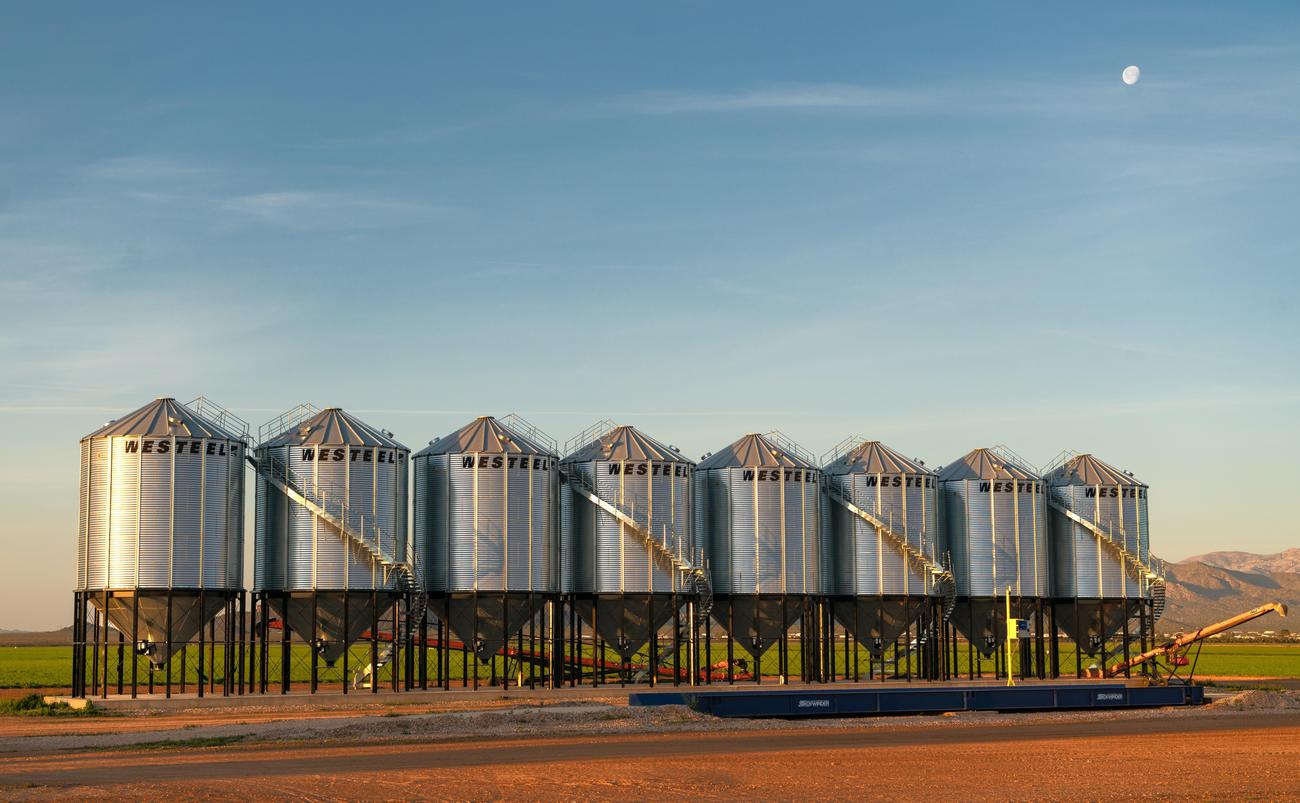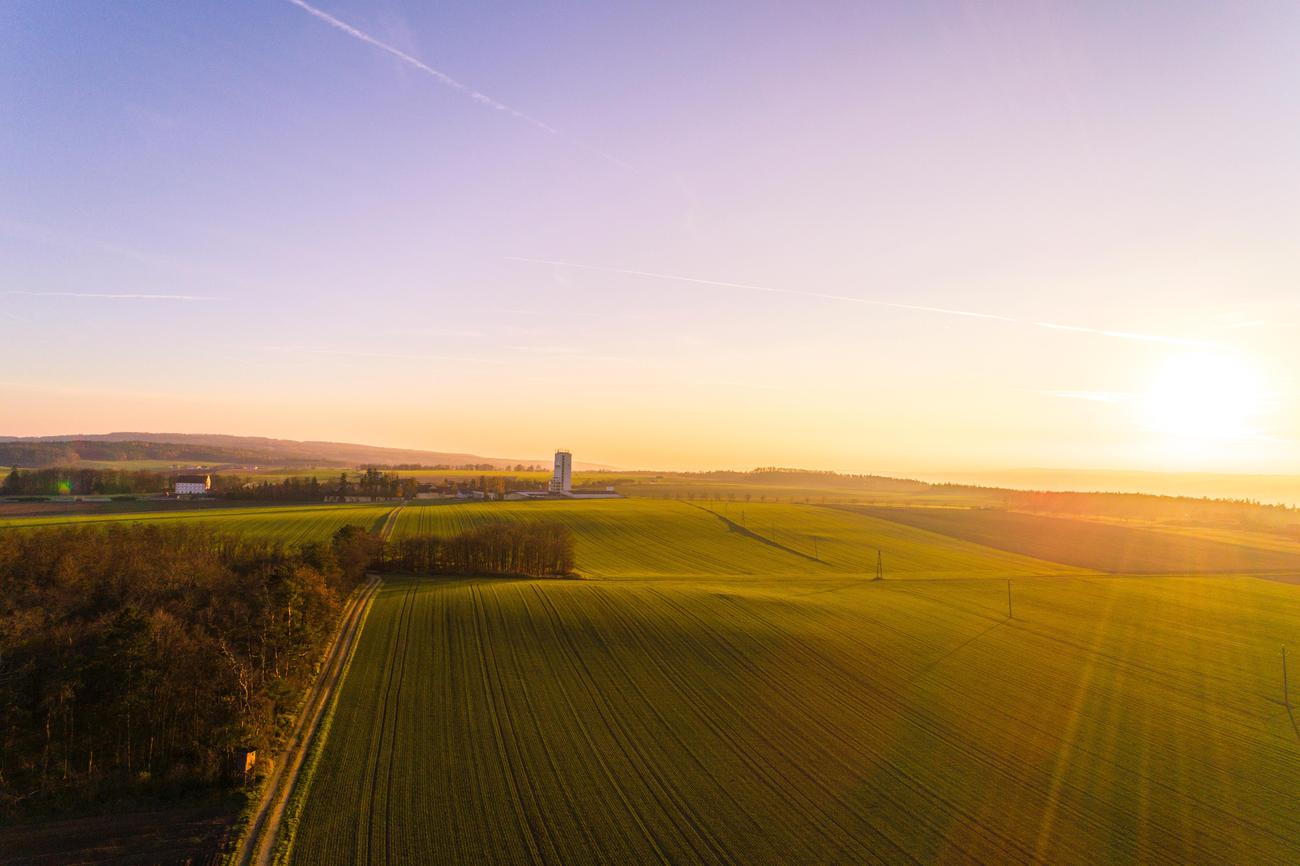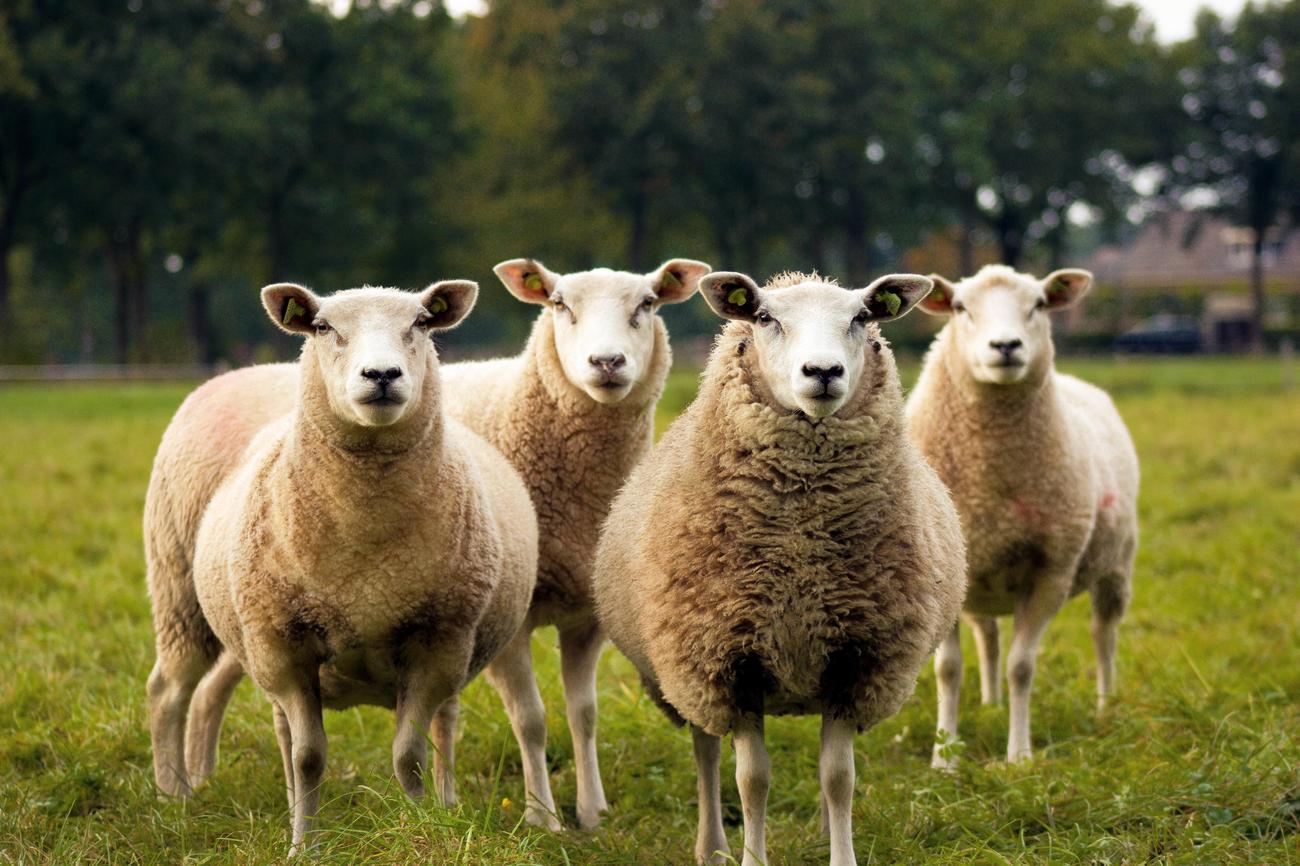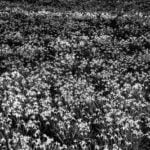Cotton farming plays a significant role in our economy, providing the raw material for one of the most widely used fabrics worldwide. However, behind the softness and comfort of cotton lies a complex web of socio-economic and environmental consequences that often go unnoticed. In this article, we delve into the deep-rooted impacts of cotton farming on local communities, shedding light on the issues that deserve our attention. From the struggles faced by farmers to the environmental degradation caused by intensive cultivation, join us as we uncover the hidden truths and explore potential sustainable solutions in the realm of cotton farming.

Impacts of Cotton Farming on Local Communities
Cotton farming may seem like a benign industry, but its impacts on local communities can be far-reaching and detrimental. From environmental degradation to social issues, the consequences of cotton cultivation are significant. In this article, we will delve into the various impacts of cotton farming on local communities and explore the need for sustainable alternatives.
Environmental Consequences: Soil Degradation, Erosion, and Loss of Habitat
One of the key concerns surrounding cotton farming is its environmental impact. Conventional cotton cultivation practices often lead to soil degradation, jeopardizing the long-term productivity of the land. Heavy use of chemical fertilizers and pesticides harms the soil structure and reduces its fertility. Additionally, excessive irrigation for cotton crops contributes to soil erosion, particularly in areas with fragile ecosystems.
Cotton farming also further exacerbates habitat loss and deforestation. Large tracts of land are cleared to make way for cotton fields, destroying valuable forested areas and wildlife habitats. This loss of biodiversity has severe implications for ecosystems and the delicate balance of local flora and fauna.
“The impacts of cotton farming on local communities extend beyond the fields, affecting the very foundation of our environment. Soil degradation, erosion, and habitat loss all demand our attention and immediate action.”
Health Hazards: Pesticides and Water Pollution
The heavy use of pesticides and fertilizers in cotton production brings forth health hazards for both farmers and local communities. Exposure to these toxic chemicals can result in acute and chronic health conditions, ranging from respiratory problems to hormonal imbalances. Moreover, these chemicals find their way into nearby water bodies, contaminating water sources and posing a threat to aquatic life and human consumption.
“The health risks associated with cotton farming are not confined to the fields but permeate through the entire local community. It is imperative that we address these challenges head-on.”
Social Issues: Child Labor and Slavery
Another disconcerting aspect of cotton farming is the prevalence of child labor and slavery within the industry. The demand for cheap cotton has led to the exploitation of vulnerable populations, particularly in developing countries. Children are often forced into labor, working in hazardous conditions, and being deprived of education and a chance at a better future. Additionally, instances of forced labor and modern-day slavery continue to be reported in some cotton-producing regions.
“The use of child labor and modern slavery in cotton farming goes against the principles of justice and human rights. We must strive for a future where this form of agricultural exploitation is eradicated.”
Climate Change: Carbon Emissions
Cotton farming is a significant contributor to carbon emissions, playing a role in exacerbating climate change. From the energy-intensive processes involved in cotton production to the use of synthetic fertilizers, the carbon footprint of cotton farming is substantial. These emissions contribute to global warming, resulting in a multitude of adverse effects on local communities, such as more frequent and intense extreme weather events.
“We cannot ignore the role of cotton farming in climate change. It is high time we explore sustainable alternatives to mitigate the impacts of this industry on our environment and communities.”
Water Scarcity: Threat to Water Resources
Water is a precious resource, and cotton farming’s demand for water puts a strain on local water resources. In water-scarce regions, the excessive water consumption of cotton crops depletes rivers, lakes, and groundwater reserves. This scarcity has cascading effects, affecting not only agricultural practices but also the availability of clean drinking water for local communities.
“The water-intensive nature of cotton farming poses a direct threat to the livelihoods and well-being of local communities. We must prioritize sustainable water management strategies to ensure a more equitable distribution of this vital resource.”
Solutions and Alternatives: Organic and Sustainable Cotton Farming
While the environmental and social impacts of cotton farming are significant, there are potential solutions and alternatives that can mitigate these challenges. Organic cotton production offers a more sustainable approach, reducing the use of synthetic chemicals and promoting healthier ecosystems. By avoiding harmful fertilizers and pesticides, organic cotton farming minimizes environmental degradation and health risks.
Embracing sustainable cotton farming practices is crucial for the well-being of local communities. These practices emphasize ecological balance, water and soil conservation, and fair labor standards. Sustainable cotton farming can improve the livelihoods of farmers and their families, reducing vulnerability and fostering a more equitable agricultural industry.
“We must encourage the adoption of sustainable cotton farming practices, such as organic cultivation and fair labor standards. By doing so, we can sow the seeds of positive change and create a better future for cotton-growing communities.”
Collaborative Efforts and Support
Addressing the impacts of cotton farming on local communities requires collaborative efforts from stakeholders at various levels. Organizations and initiatives are working towards supporting cotton farmers and improving the sustainability of cotton production. From promoting fair trade practices to advocating for policies that prioritize environmental and social responsibility, these endeavors pave the way for a more sustainable cotton industry.
“Collective action and support are essential in ensuring the long-term well-being of local communities affected by cotton farming. By joining hands, we can empower cotton-growing communities and create a more sustainable future.”
In conclusion, the impacts of cotton farming on local communities are diverse and far-reaching. From environmental degradation and health hazards to social issues and climate change, the need for sustainable alternatives is undeniable. By embracing organic and sustainable cotton farming practices and supporting initiatives that prioritize the well-being of local communities, we can work towards a more equitable and resilient agricultural industry. Let us strive for a future where cotton production is synonymous with positive impacts rather than hardships for local communities.
Table: Environmental, Social, and Health Impacts of Cotton Farming
| Impacts | Solutions |
|---|---|
| Soil degradation and erosion | Organic cotton farming |
| Loss of forest and habitat | Sustainable farming practices |
| Heavy pesticide use | Fair trade practices |
| Water pollution | Advocacy for responsible policies |
| Child labor and slavery | Support for cotton-growing communities |
| Carbon emissions | Collaborative efforts |
| Water scarcity |
(Note: The table above provides an overview of the impacts and potential solutions discussed in this article.)
Cotton farming has been a vital part of agricultural history for centuries. From the first cotton plantations to cutting-edge modern techniques, there are countless fascinating facts about this industry that will leave you amazed. If you’re curious to learn more about the ins and outs of cotton farming, click here: Facts About Cotton Farming.

FAQ
Question: What are the environmental problems associated with cotton cultivation?
Answer: Cotton cultivation leads to environmental issues such as soil degradation, erosion, and the loss of forests and habitats.
Question: How does cotton production affect human health and biodiversity?
Answer: Cotton production involves heavy use of pesticides and fertilizers, which harm the soil, water, biodiversity, and human health.
Question: Is child labor or slavery linked to the cotton industry?
Answer: Yes, the cotton industry has been associated with child labor and slavery in certain regions.
Question: Does cotton farming contribute to climate change?
Answer: Yes, cotton farming is responsible for significant carbon emissions, contributing to climate change.
Question: What is the impact of cotton farming on water resources?
Answer: Cotton production consumes a large amount of water, posing a threat to water resources.
- Unlock Filipino Culture: A Deep Dive into Traditions and Practices - April 23, 2025
- Unlock Spanish Culture: Insights & Opportunities Now - April 23, 2025
- White Spirit Uses & Substitutes: A Deep Dive for Pros & DIYers - April 23, 2025
















